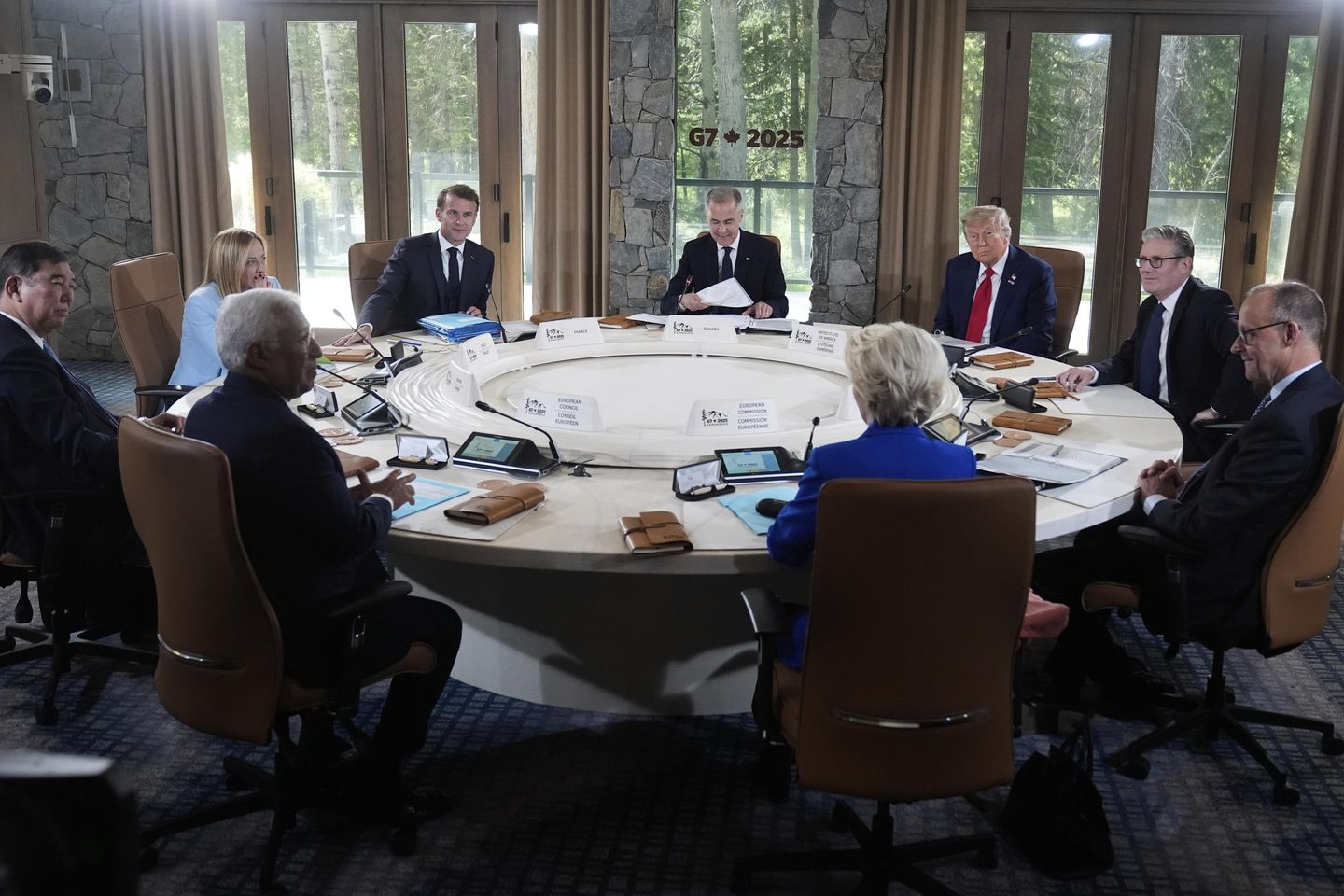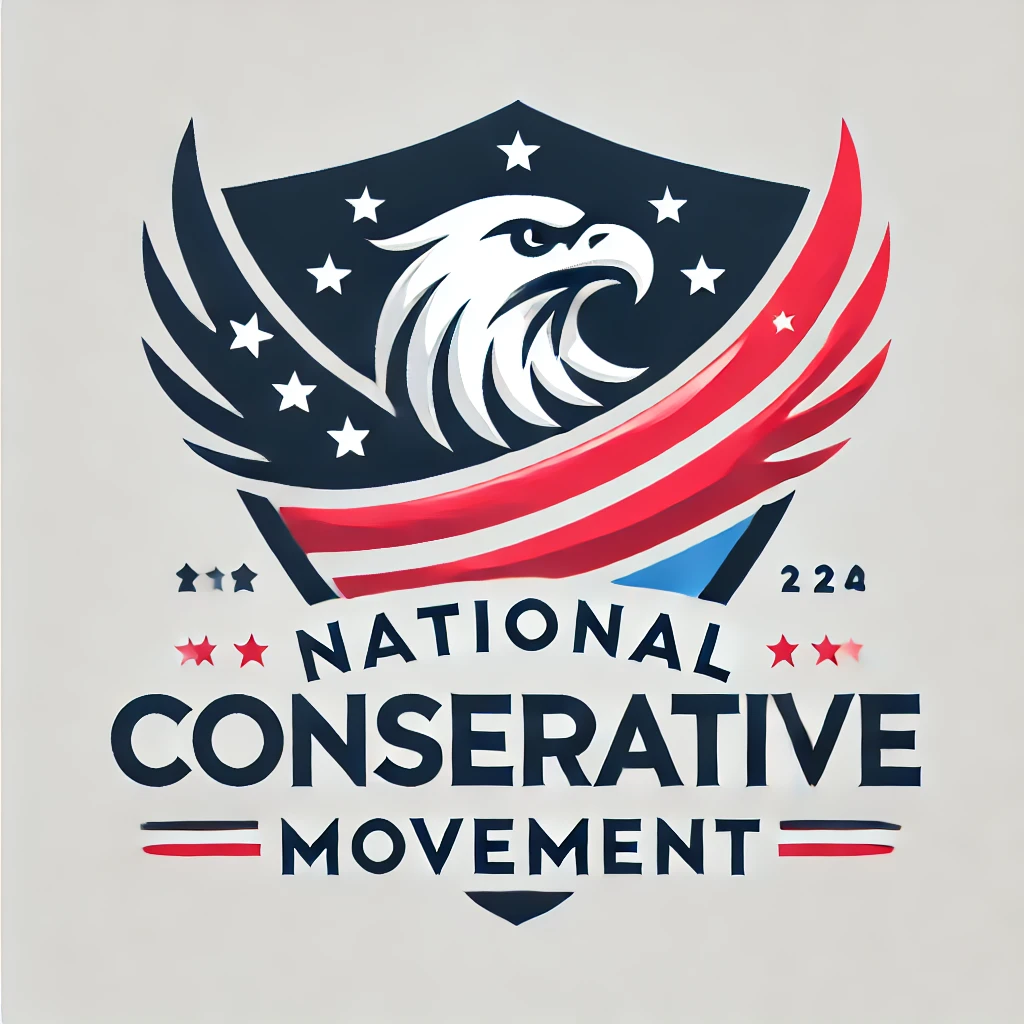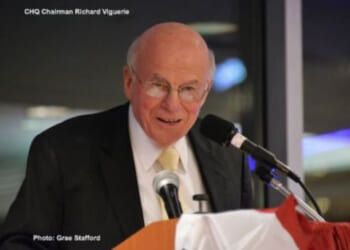
SEOUL, South Korea — Japanese Prime Minister Shigeru Ishiba and South Korean President Lee Jae-myung — the leaders of two key U.S. allies in Asia looking to resolve tariff issues with President Trump — held a bilateral meeting on the sidelines of the Trump-less Group of Seven Leaders Summit in Canada.
Mr. Ishiba had a face-to-face with Mr. Trump before the American president left the summit abruptly Monday, with administration officials citing developments in the Israel-Iran war. Mr. Lee did not, though the meeting with his Japanese counterpart is expected to ease concerns that the newly-minted president, a longtime South Korean politician with a history of Japan-bashing, would derail the developing trilateral security cooperation between Seoul, Tokyo and Washington. That alliance is seen by many as a necessary counterbalance in a region where China, North Korea and Russia converge.
On the economic front, however, developments in Kananaskis, Alberta, were less rosy for the Asian leaders. Absent any breakthrough in the next 20 days, U.S. sanctions of up to 26% look set to strike their export dependent economies on July 8.
Hopes in Japan had been high that Mr. Ishiba and Mr Trump might be able to thrash out — or at least advance toward — a “package deal,” on economic issues and tariffs. That did not happen.
Mr. Trump told reporters on Air Force One that there was a “chance” for a deal, but characterized the Japanese negotiators as “tough” and delivered a blunt warning.
“Ultimately, you have to understand we’re just going to send a letter saying, ’This is what you’re going to pay, otherwise, you don’t have to do business with us,” he said.
Mr. Ishiba was downbeat. “We agreed to instruct ministers to continue with negotiations,” he told a press conference at the conclusion of the summit.
The Japanese premier, who previously urged Mr. Trump to completely drop the threatened duties on his nation, signaled that talks are not proceeding smoothly.
“We will never sacrifice our national interests just because we aim for a quick agreement,” he said.
Threatened 25% U.S. tariffs on autos, Japan’s top export, are greatly feared by Japan, Inc.
Prior to the G7, the status of bilateral tariff talks had been so unclear in Tokyo that, before Mr. Ishiba flew out, opposition leaders had joined voices to urge him to brief them. Issues known to have been discussed include overall trade, non-tariff barriers to U.S. products in Japan and expansion of economic security cooperation.
South Korea’s Mr. Lee, who was elected on June 3, is overseeing a nascent administration that took office on June 4 without any grace period.
He is hustling to appoint officials and establish policies, but — despite his lack of diplomatic experience — prioritized the Alberta summit.
Economic powerhouse South Korea was specially invited by Canada, despite not being a G7 member.
A meeting had been hastily planned between Mr. Lee and Mr. Trump in Canada, so when news broke that it would not take place, shock rippled across South Korea.
“Lee’s envisioned meeting with Trump in Canada won’t take place due to Trump’s early G7 exit,” wrote Yonhap News, in a representative headline.
“As Trump suddenly returned [to Washington on Monday], it has become difficult to hold the Korea-U.S. summit that was scheduled for tomorrow,” National Security Advisor Wi Sung-lac told reporters.
Speaking to foreign reporters in Seoul soon after news broke that the Lee-Trump summit had been nixed, Prime Minister Nominee Kim Min-seok expressed disappointment.
“Anyone can understand that a direct exchange of opinions by presidents would help negotiations move forward,” he said. “I can only guess President Trump would find it regrettable that he had to go back to the U.S. due to his own circumstances and was not able to meet President Lee.”
The status of Seoul–Washington tariff talks is even less certain than that of Tokyo–Washington negotiations, given that South Korea suffered a months-long policy vacuum following the impeachment of President Yoon Suk Yeol in the wake of his martial law attempt last December.
Though a caretaker administration ran state affairs between December and June, the disempowerment of Mr. Yoon de facto removed his party’s mandate to conduct major policies.
Still, there was some relief in Kananaskis for Indo-Pacific watchers.
Mr. Lee was formerly known for his harsh anti-Japanese stance, but with the presidency in sight two years earlier than scheduled as a result of his predecessor’s impeachment, he swiftly moderated some of his views, while shifting his liberal party’s position toward the center right.
In particular, he vowed to work closely with both Washington and Tokyo. However, concerns lingered that Mr. Lee had not truly left behind his prior pro-China, pro-North Korea positions.
In Canada, Mr. Lee proved true to his word.
He joined a 30-minute bilateral with his Japanese counterpart, and beamed for the cameras alongside a slightly bemused-looking Mr. Ishiba.
Per a statement from the South Korean presidential office, the pair, ” … agreed to further develop trilateral cooperation among the Republic of Korea, the United States and Japan to respond to various regional geopolitical crises, including the North Korean issue, and to deepen bilateral cooperation between the Republic of Korea and Japan.”












